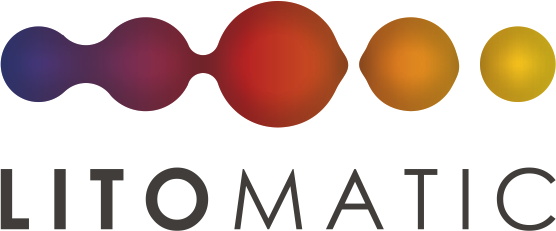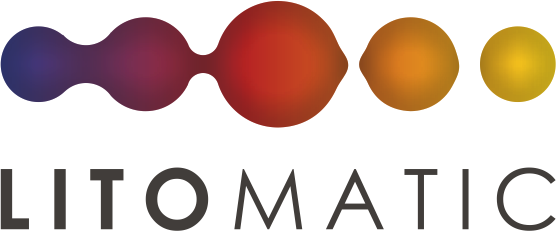10 Types of Hotel Lighting You Need to Know
10 Types of Hotel Lighting You Need to Know

Installation of lighting in hotels requires more than putting bulbs and lighting fixtures in place because it fundamentally determines both atmosphere and guest comfort levels and safety standards. The proper design of lights produces a welcoming environment which creates feelings of luxury and comfort for guests. This article will explain how ten fundamental types of hotel lighting create both aesthetic appeal and operational functionality within hotels.
1. Ambient Lighting
The fundamental source of hotel illumination comes from ambient lighting which includes general lighting. A hotel needs this lighting to spread an even amount of light through all areas in order to maintain adequate visibility. Ambient hotel lighting consists of chandeliers, ceiling-mounted fixtures and recessed ceiling units that provide illumination throughout hotel spaces especially lobbies, hallways and guest rooms.
Best Uses:
• Hotel lobbies
• Hallways and corridors
• Guest rooms
• Common areas
2. Task Lighting
Various hotel areas require task lighting to provide illumination of the activities performed by guests or staff including reading and working and grooming needs. Lighting fixtures used in this manner produce illuminations that exceed ambient lighting intensity but remain focused in nature.
Best Uses:
• Desk lamps in guest rooms
• Reading lights by beds
• Vanity lights in bathrooms
• Counter lighting in reception areas
3. Accent Lighting
Hotels use accent lights to make architectural elements as well as artworks and decorative features stand out. Hotels can achieve an upscale visual presentation through focused installation of spotlights or track lights
Best Uses:
• Highlighting artworks and sculptures
• Illuminating textured walls
• Showcasing furniture pieces or decor
4. Perimeter Lighting
Outdoor and indoor areas in hotels achieve definition through perimeter lighting. The lighting system provides security benefits as it offers guidance for guests throughout the area and creates an attractive appearance.
Best Uses:
• Hotel exteriors and pathways
• Hallway ceilings and partitions
• Poolside and landscape lighting
5. Wall Lighting
Hotel walls serve as ideal platforms for wall lighting because it provides both illumination and decorative effects. Hotels commonly use wall sconces to develop both a warm and stylish hotel environment.
Best Uses:
• Hallways and corridors
• Hotel room bedside lighting
•Decorative lobby lighting

